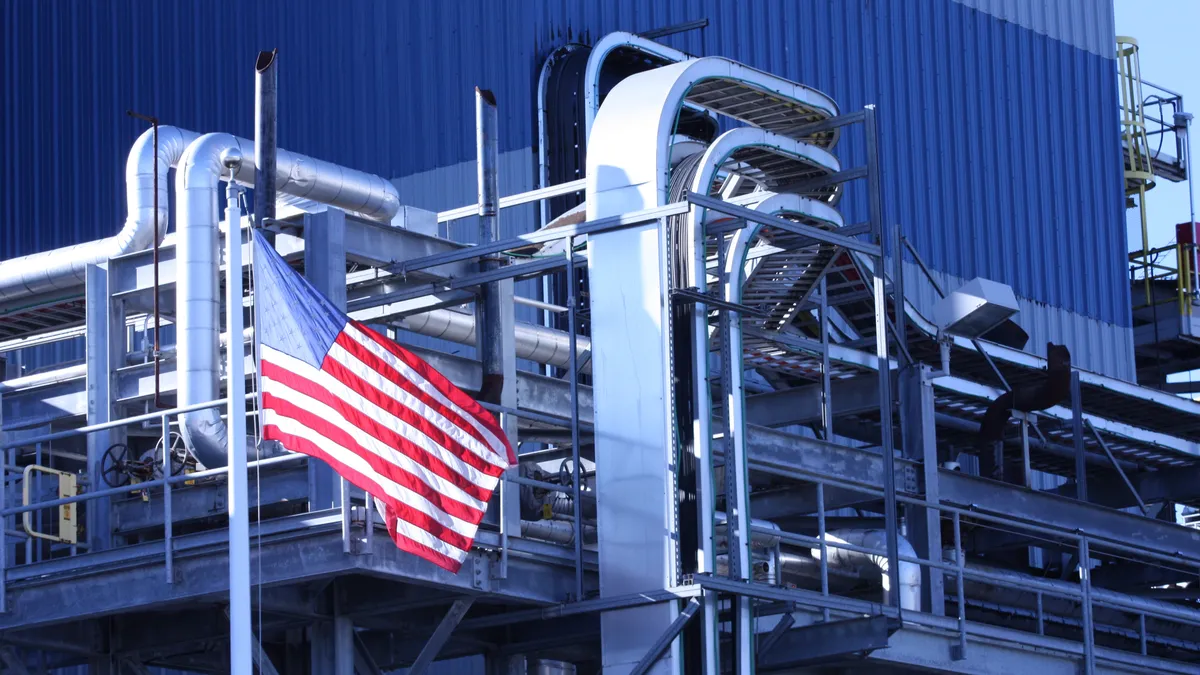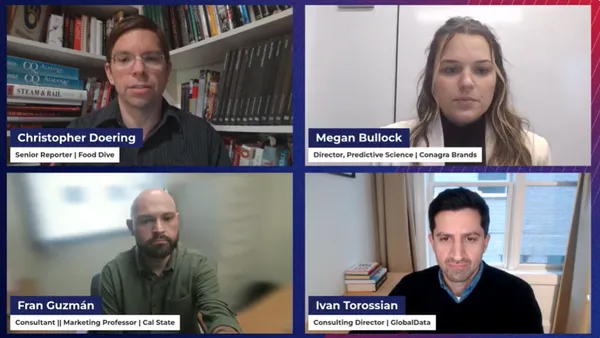Softening demand and a weak global economy are challenging manufacturers, leading many to expect a recession in the next year, according to the National Association of Manufacturers.
In a survey of 305 members, NAM found 57% expect a recession over the next 12 months. Chief Economist Chad Moutray said while companies are starting to see some implications of a recession — as demand and production slow — the industry outlook is still a mixed bag.
“[While] a majority of our members think we’re going into a recession, they also can’t find workers, so there are positives in the economy as well," Moutray said in an interview. "The unemployment rate is 3.7%, which is still a pretty strong number.”
Roughly a third of the survey respondents said they were uncertain if a recession would come. NAM conducts a member survey each quarter, as an industry outlook. The Q2 outlook survey was conducted online from May 18 to June 1.
The survey put the expected employment growth rate at only 1%, which Moutray attributed in part to overall employment starting to cool off after two years of growth.
“Employment numbers are reacting to the fact that you are seeing weaker demand," he added."But in almost all of those numbers when we ask about expected growth rates for sales, production, employment, capital spending — they’re not negative.”
Regardless of some positive indications in the economy, the trade association’s outlook surveys over time show manufacturers have been lowering expectations of annual growth in the past year.
Manufacturers expect slowing growth across the board
Manufacturers' capital spending expectations in particular are being impacted by growing concern over federal regulations despite massive incentives being offered for domestic manufacturing.
A “huge explosion of investment” is coming from infrastructure spending and the CHIPS and Science Act, Moutray said, but at the same time, the Biden administration has been “very aggressive” on the regulatory front.
The survey reported that 65% of manufacturers would purchase more capital equipment if the regulatory burden decreased, and over a third said they would invest in research and expanding their U.S. facilities.
More than 63% of manufacturers reported spending more than 2,000 hours per year complying with federal regulations.
“There is an increasing worry about the number of regulations that are coming down the pike, and those that have already happened, and that definitely increases overall compliance costs,” Moutray said.












